Forsaking Generations of Alley life – a Family Retrospective
From left to right: Back row - Bert Bayliss, Charles Jnr,[4] Elsie, Bill, Len (Elsie’s husband);
Middle row - Eydie, Tillie Bayliss, Charles Snr, Edith Mary (Pansy on lap), Renee;
Front row - Jack, Dennis (Elsie’s son), Pearl, Les
Of interest, Doreen’s aunt Pearl was born exactly a week before her niece but when Edith unexpectedly came down with milk fever, Pearl ended up being suckled by her sister, Tillie [Matilda] – Doreen’s mother. Photo 2 provides a poignant record of Edith Parsons (aged 19) and Charlie Cash (aged 23) on their wedding day in Birmingham in 1903.
Photo 2: Edith Parsons and Charlie Cash on their wedding day, 31 May 1903
Just before the Bayliss family was re-housed from Fish Alley to Cotteswold Road in 1938, Doreen’s father, Bert,[5] who worked as a gardener for Tewkesbury Council, contracted ‘T.B.’.[6] The strong suspicion is that this was caused by contaminated water from the well in the alley but the source of his infection was never actually confirmed. The upshot, however, was that Bert had to spend some six months in a sanatorium at Weston-super-Mare – see Photo 3 – where he had the misfortune to have one of his lungs removed.
Photo 3: Bert Bayliss at Weston-super-Mare
During this period, his wife Tillie [Matilda] was reported to have had an income of only sixpence a week from Bert’s employer and though the family rallied round to support her, she was forced, of necessity, to rely on relief from the Church poor fund. It was Doreen’s responsibility to collect the tickets dispensed by a Mrs. Morgan who helped administer the fund from a building between the former Abbey Girls School and the Abbey. This type of situation was far from uncommon in the depression-hit thirties and it was only with the introduction of the Welfare State after the Second World War that the Church’s longstanding charitable role in the community finally began to lapse.
to Expand
At the time Doreen was being educated at the Abbey Girl’s School which she left, like nearly all her contemporaries, to start work at the age of 14 – not before winning a Daily Herald sponsored prize book (Black Beauty) for “writing the best essay” in her class.
Doreen’s first full-time employment was as an usherette at the Sabrina Cinema in Tewkesbury under the management of Clarence Green. Her wages were £1.5s.0d. [£1.25p] per week. From this she had to hand over £1 to Tillie for her keep and put by 2/6 [12.5p] for savings (in a Post Office account), leaving her just 2/6 to spend. When her savings had accumulated sufficiently, Doreen would then be allowed to buy herself some new clothes. It was on an outing to Gloucester (probably en route to ‘Bon Marché’) for one such purpose - and in the company of her mother - that photo 4 was taken.
This was during the war years and Doreen was beginning to blossom into an attractive young lady. However, not least because of the many American G.I.s stationed at Ashchurch only a few miles from town, her father became so protective of her honour that he took to escorting her to and from the cinema. Not that this provided a fail-safe guarantee that she would be shielded from all unwanted attention – some G.I.s (a ‘Frank Gilati’in particular) would regularly walk along the railway line from the army camp to Cotteswold Road in avid pursuit of the object of their affections – to Bert’s very considerable chagrin.
At the age of 17, Doreen took part in a beauty pageant on Empire Day,[7] held outside the Sabrina Cinema and commemorated by Photo 5.
Despite loud vocal support from her older brothers positioned at first floor windows at the front of the Sabrina, Audrey Linnell was crowned beauty queen with Doreen, her first maid of honour, followed by Margaret Bishop, Edna Savage and Betty Shakespeare. Later Doreen recalled that she had to be thoroughly scrubbed down after wearing the ancient outfit required for the pageant. Carefully archived away in the Abbey, the costumes were so delicate that they had not been washed for years.
The photograph was taken outside the Sabrina Cinema
to Expand
By now Doreen had moved on from the Sabrina to work firstly at Dowty’s and then Smith’s Industries in a variety of war-related capacities. Even then Bert was escorting his daughter to and from home to the factory bus to the respectful, but growing, disbelief and amusement of Doreen’s workmates.
His mistake, unfortunately for him, was not to allow for the interest of male adolescent passengers already on the bus – including significantly my father, Neville, and Doreen’s future husband.[8]
References
- This article is dedicated to the memory of my mother who sadly passed away in 2008.
- http://www.lastingtribute.co.uk/tribute/freeman/2935213/Memories [dead link]
- Following the model perhaps of her parents, John & Harriet Parsons, who used to live in Bank Alley (also known as Reads Alley) in the vicinity of 99-100 Church Street.
- John Charles Cash died in military service during the Second World War; see J. Dixon, “Never has so much been owed”, T.H.S. Publication 4 (2005). His name was added to the War Memorial in 2018.
- Whose address, prior to Fish Alley, was Laight’s Court. Around the same time, Bert’s parents, Alfred and Jane Bayliss were living at Baptist Chapel Court.
- ‘Tuberculosis’ is a disease of the respiratory system associated with poverty and over-crowding. After 1924, it could be prevented by the B.C.G. vaccine and, from 1948, the disease was treated by antibiotics. In 1938 the treatment for the fortunate was the clean air of a sanatorium.
- After 1910 it took place on 24 May, the late Queen Victoria’s birthday.
- Doreen and Neville married in 1948 and the author is their son. Neville Freeman’s photograph, as a photogenic child, adorned the cover of THS Bulletin 17.

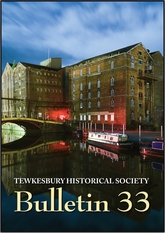
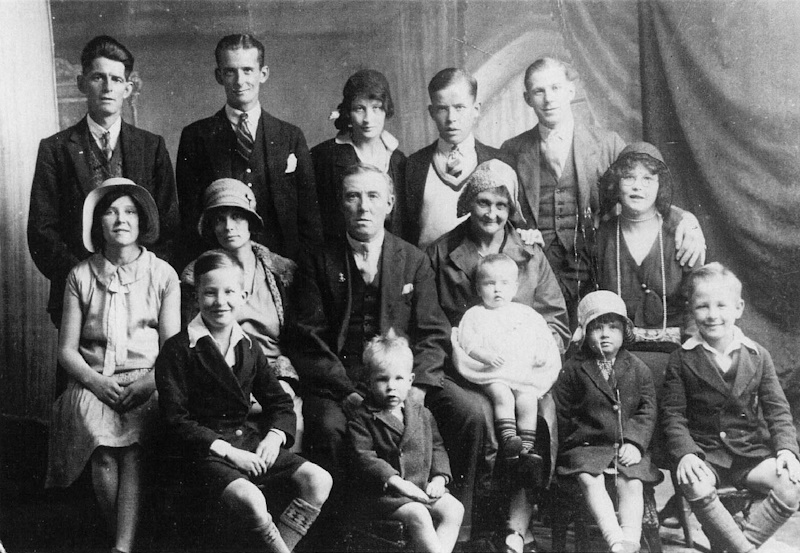
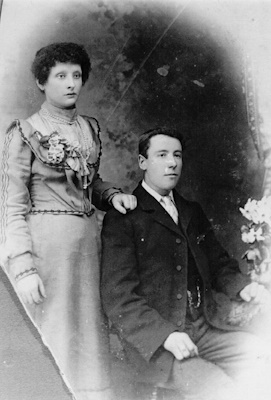
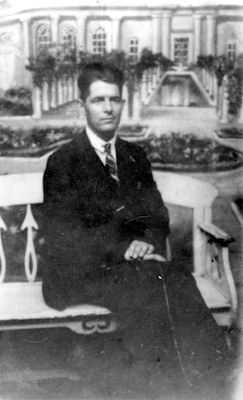
![Photo 4: Doreen and her mother, Tillie [Matilda] at Westgate Studios](/images/THS02490.jpg)
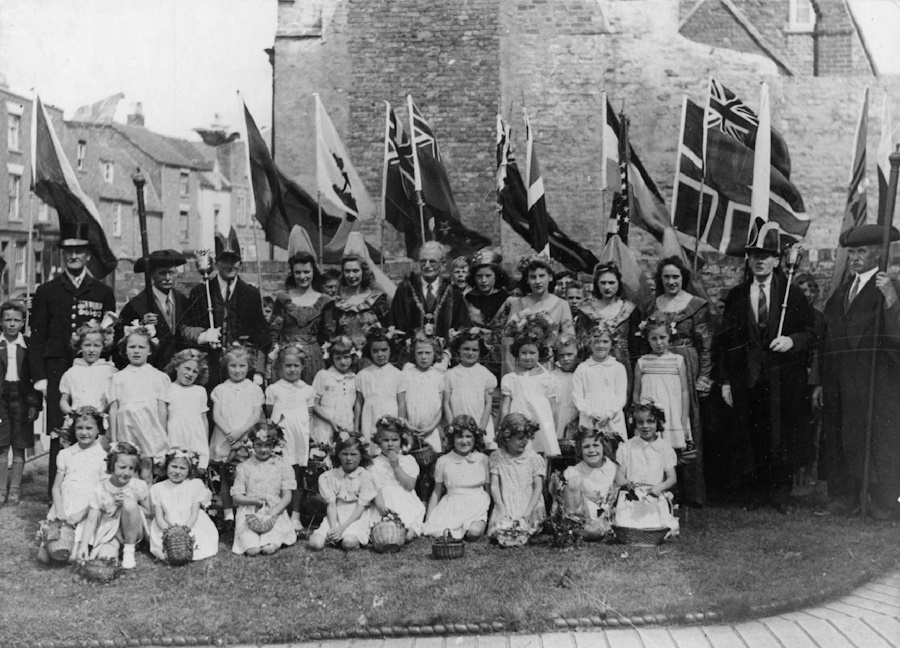
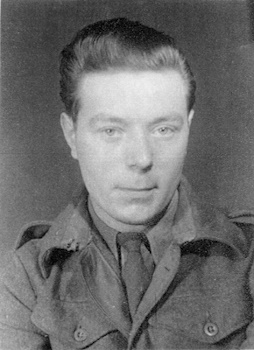
Comments